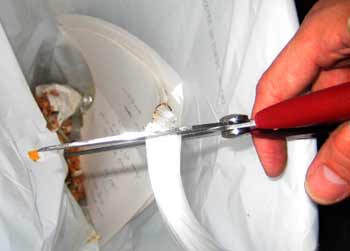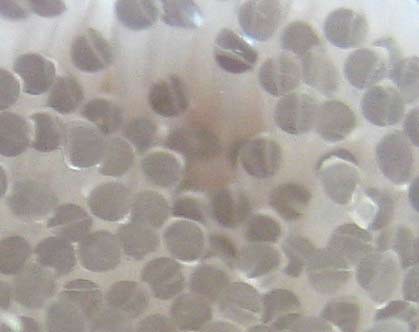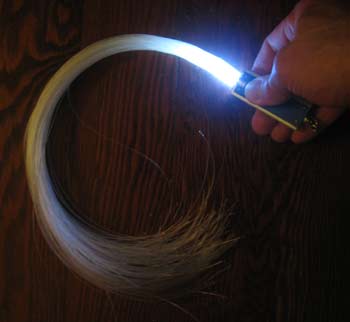Just read your article on fiber optics. Probably someone else already wrote you about this, but just in case. I work with computers and I've seen how they install fiber optics. We have a couple of buildings connected with fiber optics and I've seen them take great care in polishing the ends of the fiber line so the laser goes through easier. I noticed you melted all the ends together and maybe this is your problem. Notice in the fiber optics toy how the ends are left untouched and they are held together by the collar. Try tying them all together and then cutting the ends so they all match on one end and see if it works better. I have a feeling it will. Take care.
Jose Quintero
Rob,
I think you need to use a Dremmel or a saw to cut a fresh, flat, surface. It might even be a good idea to polish the ends.
Tim
(not a fiber optic engineer)
Hi Rob.
Love your site - everything from the stuff you make, to the torn up credit card application and exposing MLM's etc.
I'm sorry to hear about your fibre optic failure, although top marks to you for having the honesty to post the story - some people might have been tempted to not bother posting the details.
I don't have any expert knowledge of fibre optics, but I have two suggestions.
1) How about testing whether or not fishing line does actually work at all as a light conductor ? Why not try a length of, say, 20 ft or so, attach one end to a light in one room, and then take the other end into another, darkened room, and you should be able to tell if there is a spot of light in
the darkened room.
If there is - great - fishing line is a good material to use.
If there isn't - also great - you can reject fishing line, and start looking for other materials (and testing them in the same way).
2) I wonder if the melting process was the problem ? I imagine that might have re-arranged the molecules or something, in such a way that they don't conduct light in the same way, even after you've scraped off all the black burnt bits.
My guess is that bundling fibres tightly together, and then cutting them as cleanly as you can, will be the way to go.
And just one pedantic correction - the past tense of shine is shone - well, at least in Britain ;-)
Keep up the great work !
Gerald Higgins
Edinburgh
Scotland
Iím sure Iím like the 1000th person to tell you this (do I get a prize?), but you shouldnít have melted the ends of the fishing line. You want the light to travel through the line from one end to another, and by mangling and melting the ends it was like throwing mud on a window. The light will be dispersed throughout the big blob and very little will make it through.
Jonathan Nelson
|






